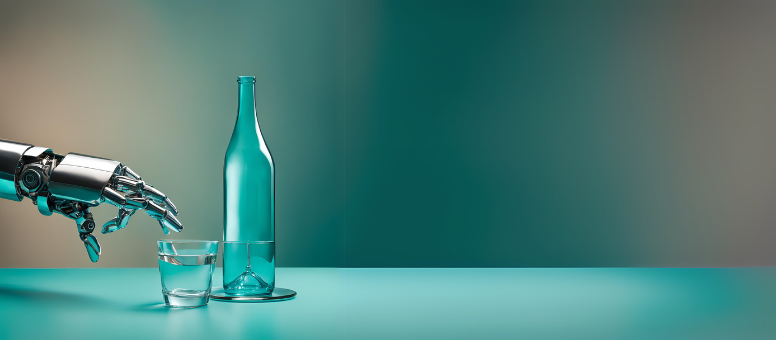Part 5/10

In our HIRAC research project, which we are working on together with the University of Applied Sciences Offenburg, the aim is to help people with full body paralysis to perform everyday tasks independently with the help of robotic arms. In addition to image processing and object recognition, the objects must be localized in the room and the robot movements have to be defined.
The different objects in the room are divided into categories using image processing and object recognition. These categories specify which actions can be carried out with the objects. However, in order to be able to grasp the objects correctly, the object must first be localized in the room.
A 3D model of the environment is created using a CAD program in order to locate the objects accurately. Subsequent localization determines the distance to the objects in the room. Plane detection can also be used to detect surfaces that can be used to place objects.
The robot arm needs various sensors to be able to pick up the desired object. For example, pressure sensors measure the force when lifting objects and motion sensors pay attention to the surroundings during gripping movements. The robot is now able to grip different objects task-specifically.
The general gripping of robots has been well researched and is used in industry.
With task-specific grasping, however, the gripping process must be coordinated with the subsequent task. For example, a water bottle may only be gripped at certain points. This enables the subsequent pouring into a glass.
Depending on the object and task, different movements are carried out on after the other.
To make this happen, different possible actions must be defined for each object and the robot must be sufficiently trained.














